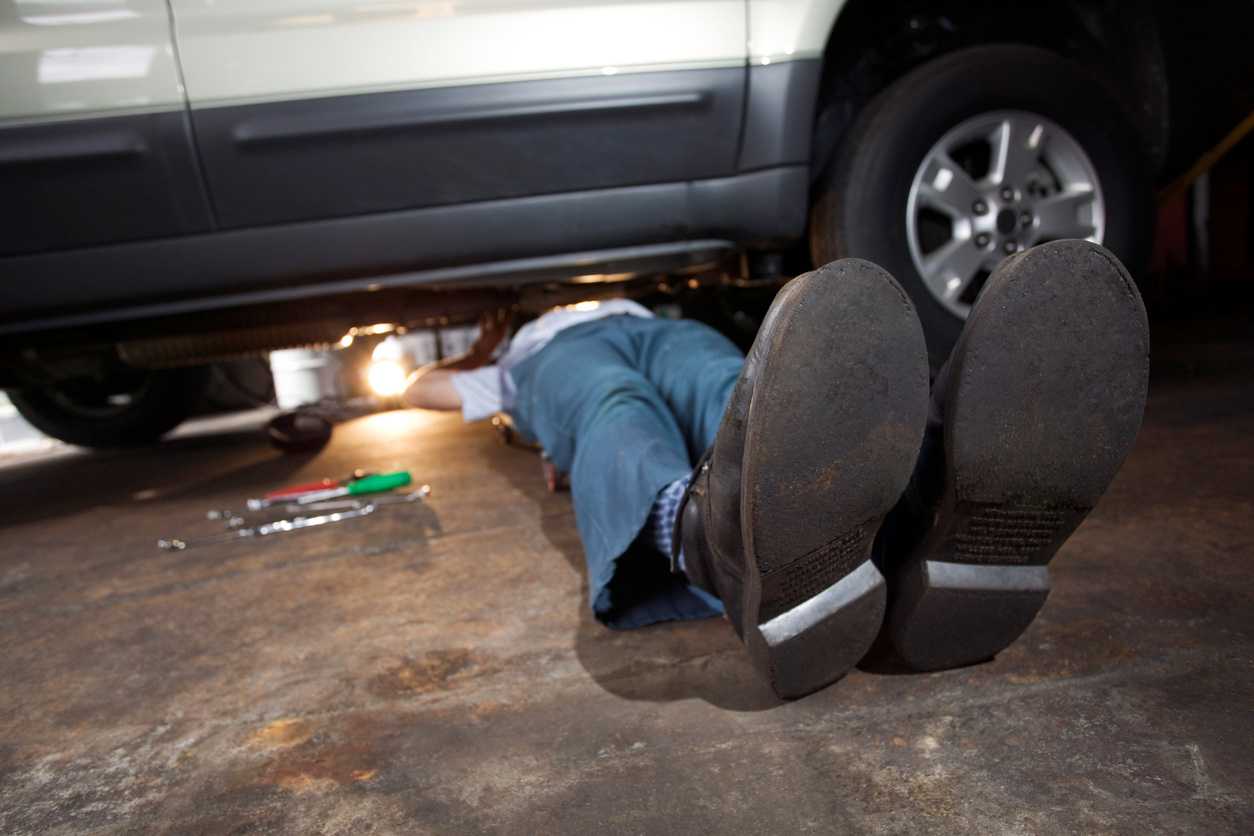With the advent of Spring all of a sudden, there were a number of jobs that needed doing around the house and garden. The dog has developed the habit of visiting neighbours via various gaps in the privet hedge. You would think that butter would melt in there, but he has just cost me another £600 in fencing and two days effort erecting it.
Anyway, lawns done, fence up, garden furniture out, it’s time to get back in the garage.
The fluids I put in the car a couple of weeks ago have stayed in the car – no leaks from the gearbox, engine or water system. So next it’s brake fluid. I took a tip from Richard’s Lincoln’s blog (which I follow) and invested in a Gunsone Easybleed kit. If you are on your own it makes great sense. First you need to remove the callipers from the rear and turn them upside down since the bleed nipple is at at the bottom rather than the top of the calliper. I simply flipped it upside down and placed it back on the brake disc so the piston and pads stay in place. Having flipped over the rear callipers, I filled the reservoir and connected the bleed kit to one of the tyres with roughly 20psi in it. 20psi is enough to push the fluid through the system quite easily. Then a couple of pumps on the peddle – which still felt rather soft. The reason for the softness: the brake light sensor was not sealing correctly. I removed it and added ptfe tape before tightening up again. I am always a little weary about over-tightening brass fittings, but this one needs to be really tight or it weeps.
First you need to remove the callipers from the rear and turn them upside down since the bleed nipple is at at the bottom rather than the top of the calliper. I simply flipped it upside down and placed it back on the brake disc so the piston and pads stay in place. Having flipped over the rear callipers, I filled the reservoir and connected the bleed kit to one of the tyres with roughly 20psi in it. 20psi is enough to push the fluid through the system quite easily. Then a couple of pumps on the peddle – which still felt rather soft. The reason for the softness: the brake light sensor was not sealing correctly. I removed it and added ptfe tape before tightening up again. I am always a little weary about over-tightening brass fittings, but this one needs to be really tight or it weeps.
I then bled the system again and put everything back together, including the threadlock on the calliper bolts. The pedal is much firmer now, and the handbrake adjusted.



